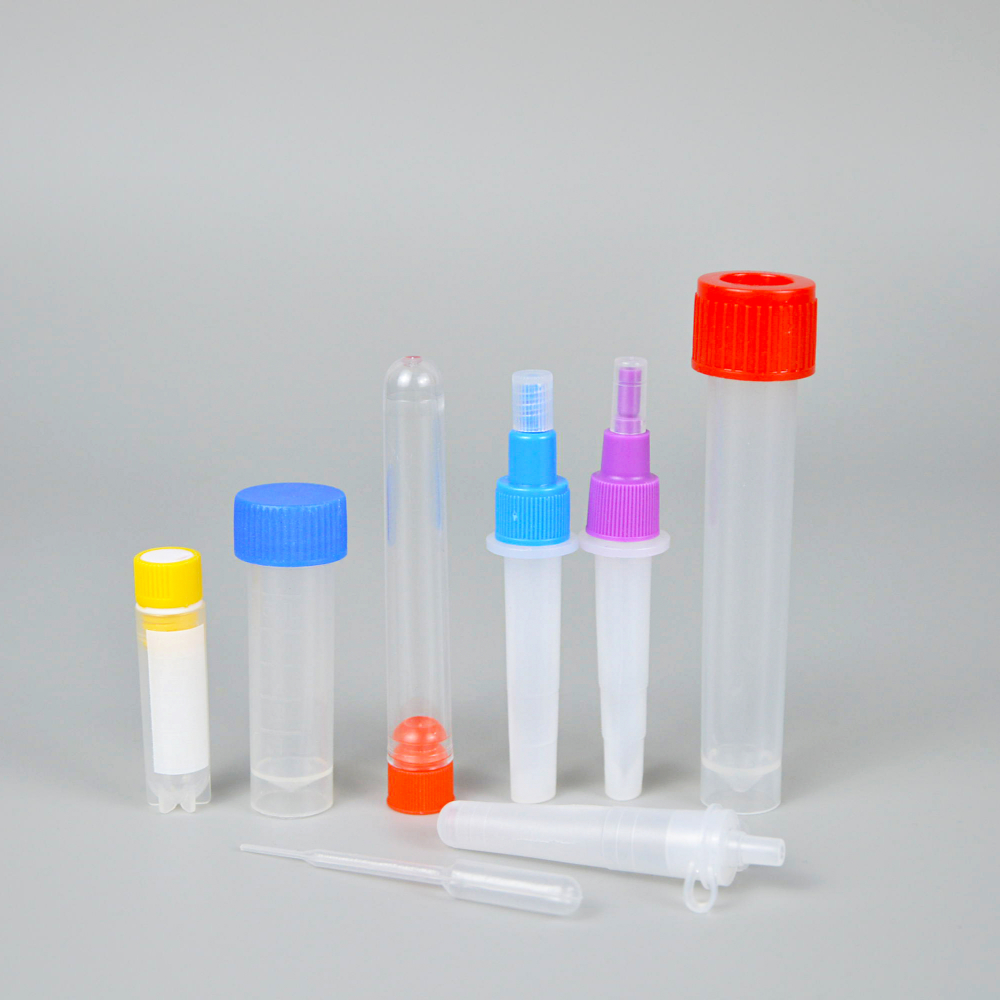https://www.wahmg.com/)">
typical laboratory equipment
typical laboratory equipment
Typical Laboratory Equipment An Overview
Laboratories are essential spaces for scientific research, experimentation, and testing across various fields, including chemistry, biology, physics, and medicine. The equipment used in laboratories varies immensely depending on the specific tasks being carried out, but there are several common items found in most lab settings. This article provides an overview of typical laboratory equipment and their functions.
One of the most fundamental pieces of laboratory equipment is the microscope. Microscopes enable scientists to observe small samples that cannot be seen with the naked eye. They are crucial in fields like biology, where they allow researchers to study cells, microorganisms, and tissue samples in detail.
Another essential item is the pipette, which is used for measuring and transferring small volumes of liquids with precision. Pipettes come in various types, including manual and electronic, and are vital for experiments that require accurate liquid handling. Related to pipettes are test tubes, which are used for mixing, heating, and storing small quantities of substances. They are often used in conjunction with other equipment to conduct experiments and reactions.
In most laboratories, you will find a balance or scale, which is necessary for measuring the mass of solids and liquids accurately. Precision balances can measure extremely small weights, making them indispensable for chemical compositions and reactions. Additionally, beakers and flasks are common glassware items that serve various purposes, such as mixing, heating, and storing liquids. Beakers are typically used for larger volumes, while flasks, like Erlenmeyer flasks, are designed to reduce evaporation and facilitate swirling.
typical laboratory equipment

For heating substances, laboratories often utilize hot plates and Bunsen burners. Hot plates provide a safe and controlled way to heat solutions, whereas Bunsen burners deliver an open flame for more intense heating. Safety equipment, like fume hoods and safety goggles, are also critical components of a laboratory. Fume hoods protect users from harmful fumes and vapors generated during experiments.
Another crucial piece of equipment is the centrifuge, which separates substances of different densities by spinning them at high speeds. This tool is especially important in biology and biochemistry for tasks such as DNA extraction and blood sample analysis.
Lastly, computers and software play an increasingly significant role in laboratory work. They are used for data collection, analysis, and simulation, enhancing the overall efficiency and accuracy of research.
In conclusion, typical laboratory equipment ranging from microscopes to balances and fume hoods plays a vital role in facilitating scientific exploration and discovery. Each piece of equipment has a specific purpose, contributing to the effectiveness and safety of laboratory operations. As technology advances, the evolution of laboratory equipment continues, leading to new possibilities in research and education.
-
Wholesale Plastic Juice Bottles with Caps 16 oz Options Available Bulk Packaging SolutionsNewsJun.10,2025
-
Laboratory Apparatus Reagent Bottle – Durable & Chemical Resistant Bottles for Safe StorageNewsJun.10,2025
-
Squeezable Dropper Bottles Durable, Leak-Proof & CustomizableNewsMay.30,2025
-
Affordable Plastic Petri Plates Sterile & Disposable Lab-GradeNewsMay.30,2025
-
Eye Dropper Caps Precision 24/410 & Plastic Bottle-Compatible TipsNewsMay.30,2025
-
Affordable Mini Spray Bottle Price & Wholesale Deals Shop NowNewsMay.29,2025





















